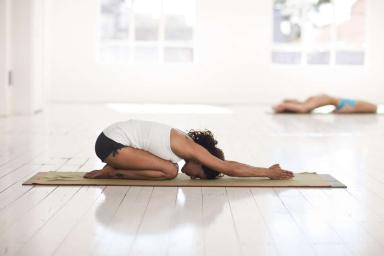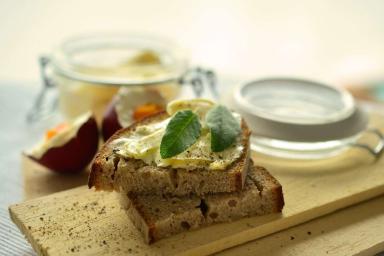If you want your interior design to be actually unique, then you can add some statues – they will make your house stand out!
The best thing about decorative statues is that they create unique accents and focal points, attracting lots of attention.
Here are a few tips on how to choose these statues correctly and make your interior amazing.
Consider the Theme
Think about the overall theme or style of your interior. Decide whether you want a modern, traditional, or eclectic look.
Choose statues that complement and enhance the theme you have in mind.

Size and Proportion
Take into account the size of the space where you plan to display the statue.
Ensure that the size of the statue is proportionate to the area.
A large statue in a small room may overwhelm the space, while a small statue in a large room might get lost.
Material and Texture
Consider the material and texture of the statue. Common options include wood, metal, stone, or ceramic.
Select a material that matches the aesthetics of your interior and the overall look you want to achieve.
Personal Preference
Choose statues that resonate with your personal taste and interests.
Look for pieces that evoke emotions or convey meaning to you.
Opt for statues that you find visually appealing and that bring you joy.
Balance and Placement
Create a sense of balance and harmony by considering the placement of the statues.
Distribute them throughout the space, avoiding overcrowding in one area.
Arrange them in a way that complements the other elements in the room, such as furniture and artwork.
Focal Point
Use statues as focal points to draw attention and create visual interest.
Place a striking statue in a prominent location, such as on a mantel, a console table, or a dedicated display shelf.
Previously, we talked about finding ideas for a room makeover.









